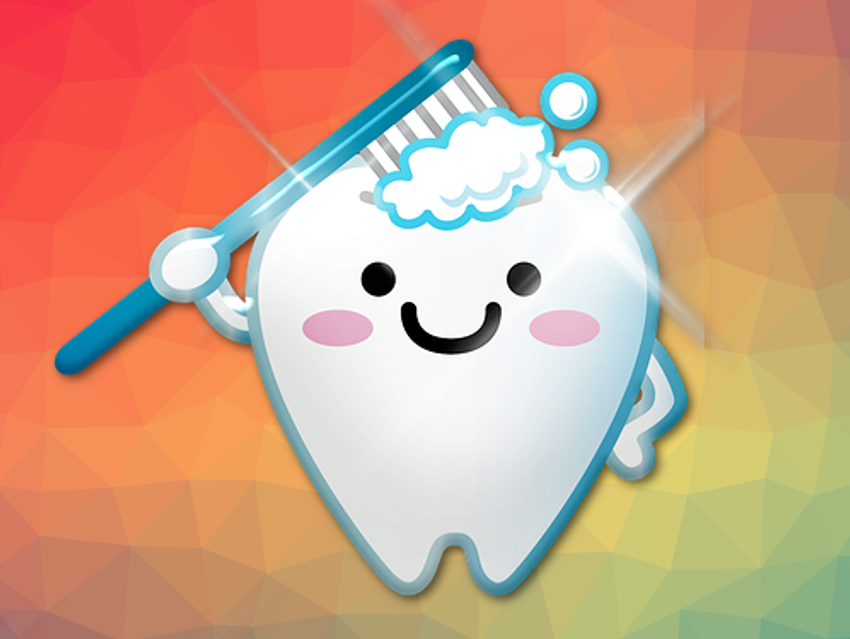Modern toothpastes are formulations primarily designed to prevent caries and gum disease. Common toothpaste ingredients include cleaning agents such as polysilicic acid, which removes plaque, antibacterial agents such as zinc salts, surfactants such as sodium lauryl sulfate, and active ingredients for caries prophylaxis, such as sodium fluoride. Toothpaste formulations can also contain calcium phosphates, which are similar to tooth enamel, for remineralization. Of all the calcium phosphates in dental care products, hydroxyapatite (HAP, Ca5(PO4)3OH) shows the closest chemical match to human tooth enamel crystallites and is, therefore, biocompatible.
Joachim Enax, Dr. Kurt Wolff GmbH & Co. KG, Bielefeld, Germany, summarizes how HAP can be synthesized, characterized, and used in preventive dentistry. A central difficulty is developing and synthesizing a HAP that interacts as favorably as possible with the tooth surface. It should have a remineralizing effect there and, if possible, also offer other functions such as acid buffering or whitening of the teeth.
Crystalline nanoparticles or microparticles with specific geometries, including rods, platelets, and spheres, can be produced. In addition, they can be doped with ions such as Zn2+, Na+, or CO32–. In the correct particle size distribution, this type of HAP interacts with enamel surfaces and forms mineral–mineral bridges. HAP acts as a calcium reservoir in cariogenic biofilms and remineralizes early caries lesions. The efficiency of HAP in dental care has been demonstrated by clinical studies and studies under in situ conditions.
- Mineral für den Zahn,
Joachim Enax,
Nachr. Chem. 2021
https://doi.org/10.1002/nadc.20214106081




